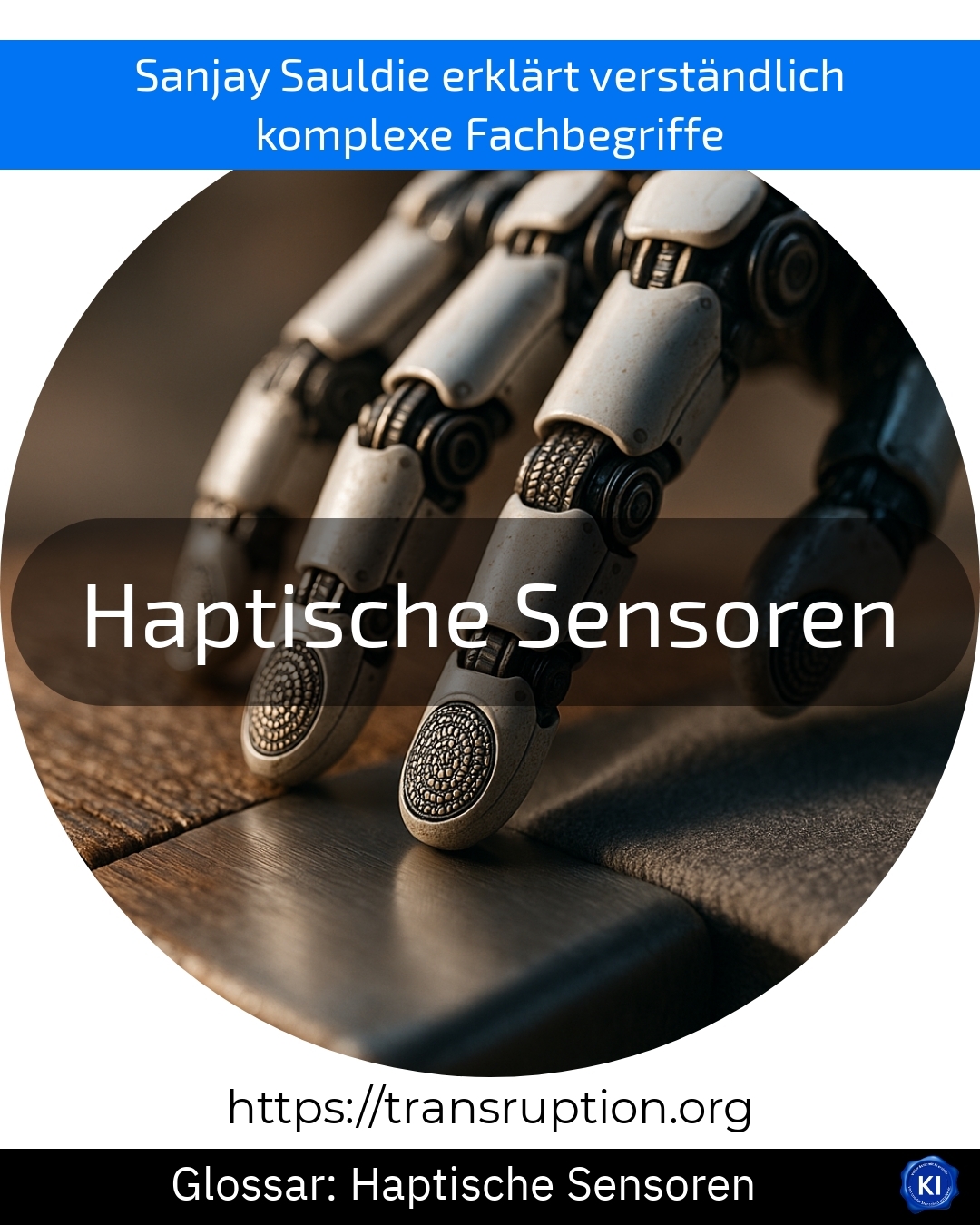Haptic sensors are particularly at home in the fields of robotics, industry and Factory 4.0 as well as in the Internet of Things. They help machines to "feel" their environment better and react to it. This works in a similar way to the human sense of touch: Haptic sensors measure touch, pressure, force or vibrations.
A simple example is a modern robotic arm in a factory. It uses haptic sensors to recognise how firmly it is gripping an object. This enables it to carefully lift fragile objects such as eggs without crushing them. At the same time, it learns when it can use more force, for example when stacking heavy components.
In products for the Internet of Things, for example, haptic sensors ensure that a smart hoover recognises obstacles and moves around them. In industry, they enable greater automation and safety because machines react immediately as soon as they sense unusual resistance or a problem.
In short, haptic sensors teach machines to "feel" and are an important building block for the smart, automated future.















